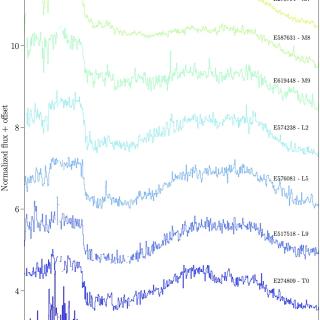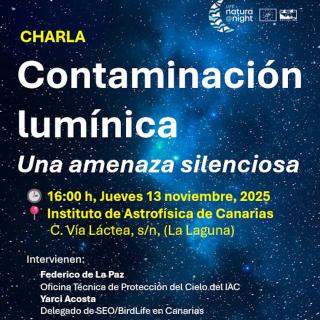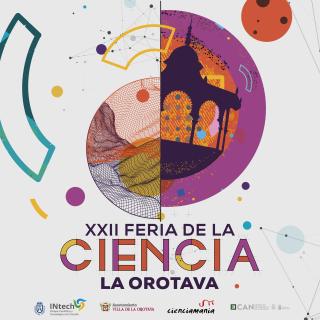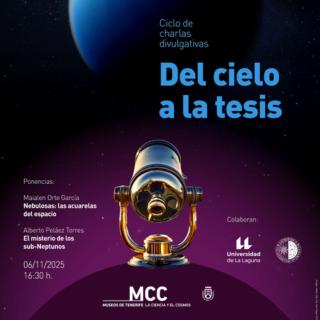
La International Dark Sky Association (DarkSky International), autoridad mundial reconocida en materia de contaminación lumínica, ha otorgado su prestigioso Premio a la Trayectoria Crawford Hunter a Javier Díaz Castro, actual responsable de la Oficina Técnica para La Protección de la Calidad del Cielo (OTPC) del Instituto de Astrofísica de Canarias (IAC), en reconocimiento a su dedicada labor de más de tres décadas en la lucha contra la contaminación lumínica y la preservación de la calidad del cielo nocturno. El máximo honor de DarkSky International DarkSky International reconoce anualmente
Advertised on




